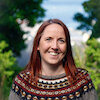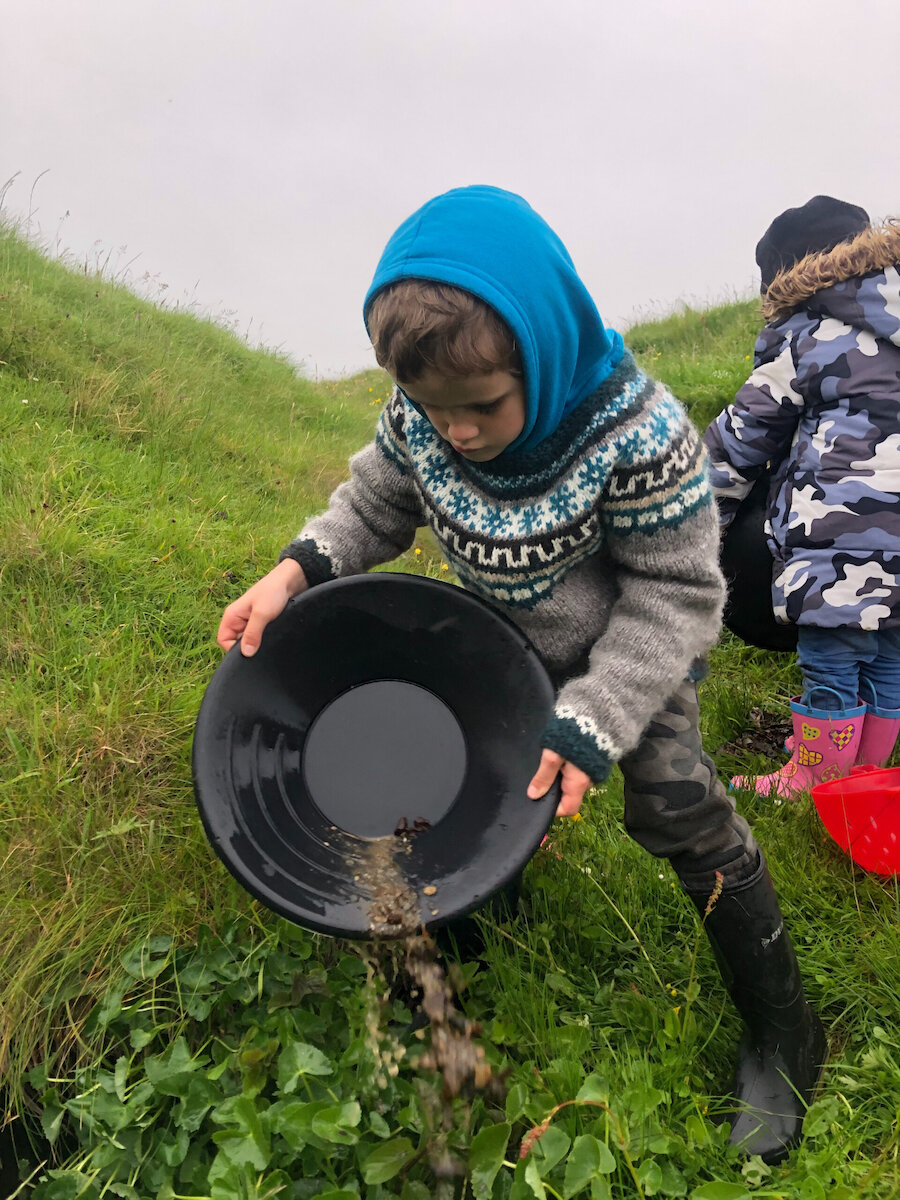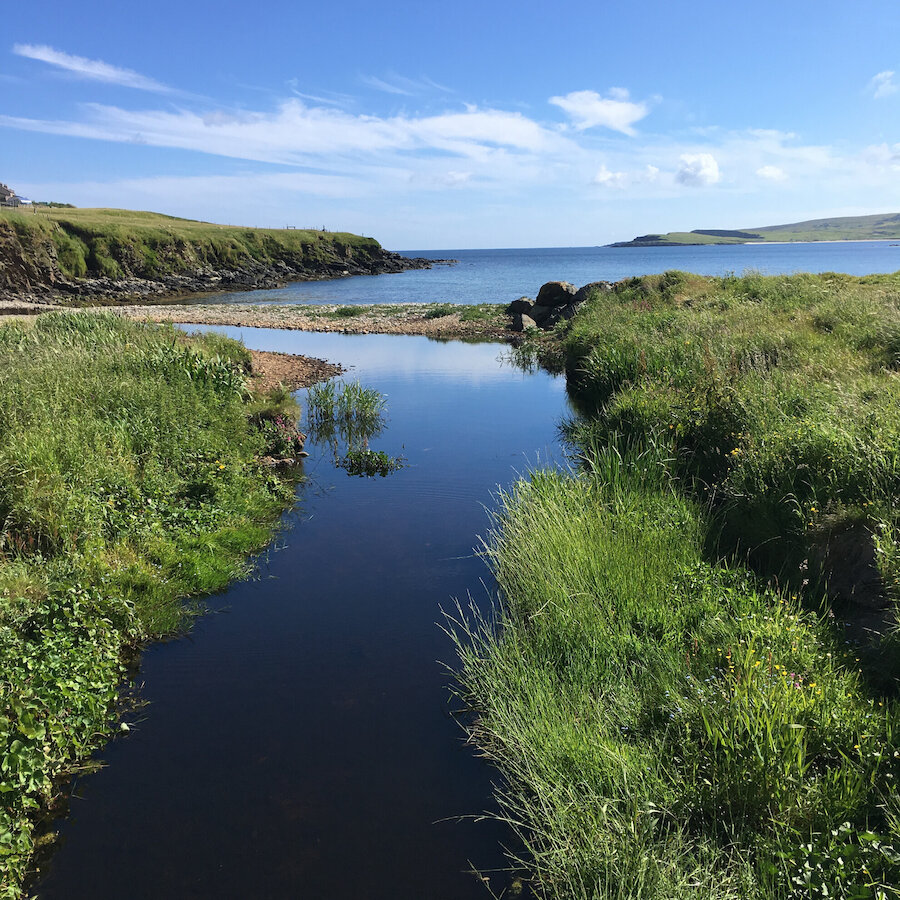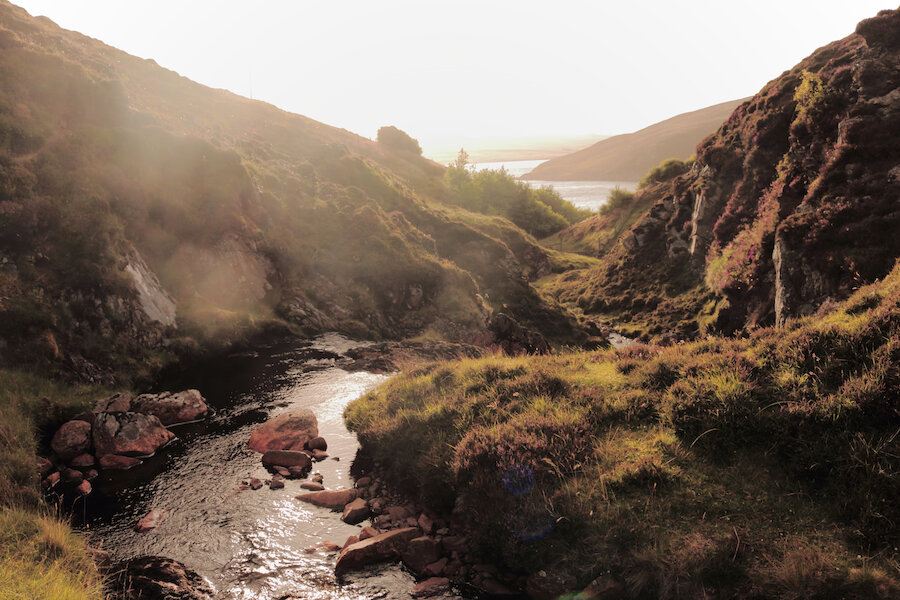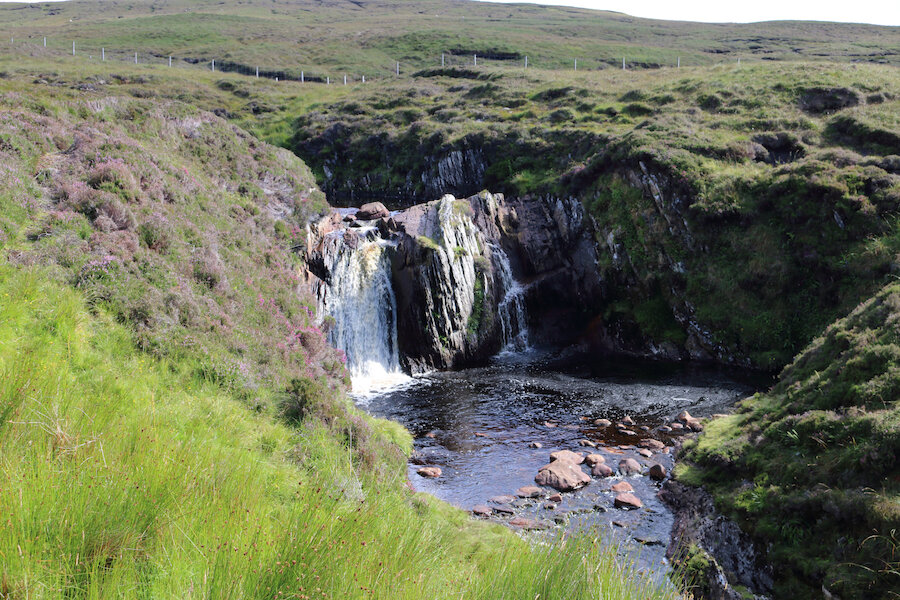Panning for gold
I’ll begin with what every adventure-seeking bairn is after – gold! Shetland’s rich and diverse geology has given rise to an incredibly diverse natural environment with more geology than you can shake a stick at.
To make sure that what I’m saying is correct, and not just a fairy tale from my own childhood, I’ve dusted off (literally) my copy of British Regional Geology: Orkney and Shetland – a bible of geology for any would-be gold-miner – and contacted geologist Allen Fraser to explain it to me in layman’s terms.
With geological processes comes the promise of gold and, although nobody has ever got rich panning for gold in Shetland (to my knowledge), there are traces of gold present in several places, most notably at Muness in Unst. These traces are noted in the Geochemical Atlas, a boffin’s guide to the rocks beneath our feet – and makes little to no sense to someone like me. That said, there are stories of people finding gold in Shetland and even, apparently, a wedding ring. What you’re most likely to see in the shiny stones, picked up by small, cold fingers, are shiny micas, schists and gneisses – or pyrite, more commonly known as ‘fool’s gold’ due to the uncanny similarities.
My favourite places to pan for gold – or the promise of gold – are Collafirth Burn in Northmavine and the burn at Muness in Unst. Armed with gold pans and a healthy sprinkling of optimism, panning for gold is a fun way to spend any afternoon.
Pssst… Channerwick Burn in the South Mainland and a few in Yell (Gutcher and Garth) have recorded trace elements of gold too – so that’s our next burns to survey as part of our gold-mining programme.
